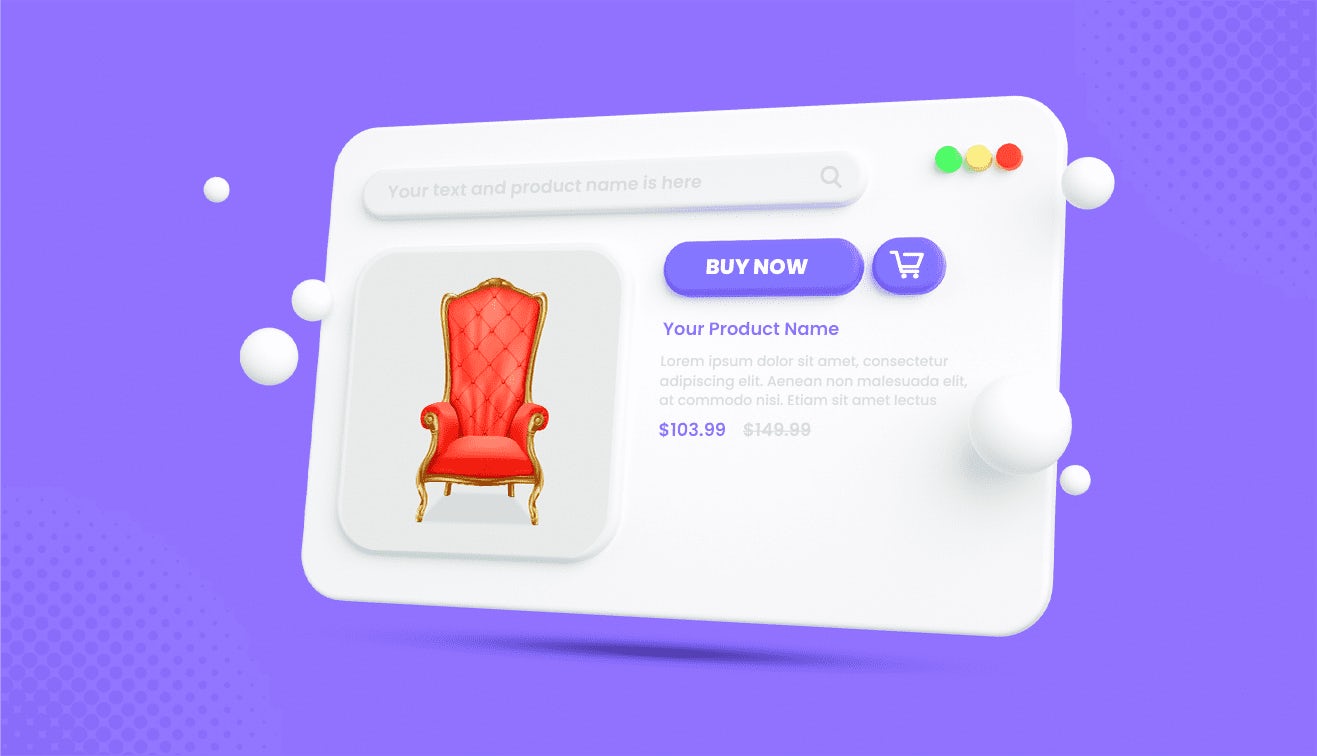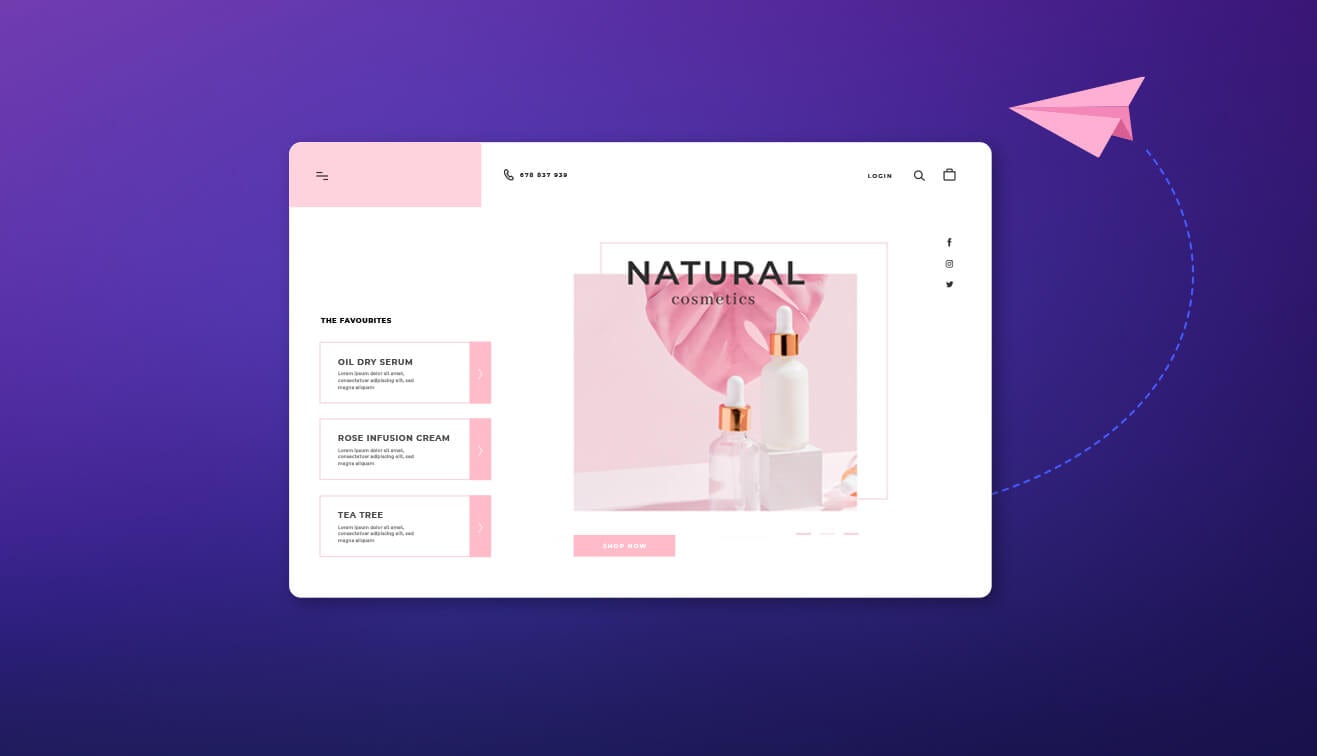When strategizing an eCommerce project, there's a tendency to narrow its scope concerning website and marketing impact. It's common to assume that online commerce components (product pages, shopping cart, checkout, etc.) either seamlessly fit together or exist separately. While technical limitations may require building the eCommerce aspect separately, a fully flexible eCommerce platform, like headless commerce platforms, can be seamlessly integrated into a comprehensive web presence.
According to the State of Commerce report, it has been found that 77% of retailers who use a headless architecture find their stack provides with greater agility, that enables faster changes to storefront.
The evolution of headless commerce platforms has addressed integration and customization issues, but the decision isn't binary. While headless-only options offer flexibility, it's crucial to assess if they might limit long-term execution and decision-making. Prioritize answering these questions in advance and carefully evaluate each approach before going headless.
Is Headless Commerce a Fit for your Business?
A growing number of direct-to-consumer and online retail brands are adopting headless commerce to enhance flexibility in overseeing consumer experience journeys on their e-commerce platforms. Despite the remarkable benefits offered by headless commerce, certain companies are more adept at transitioning to this approach than others. To assess whether headless commerce is suitable for your business, consider the following questions:
Q. Is Your Business Digitally Ready?
The shift towards headless commerce requires significant digital expertise and adaptability from your organization. This is particularly evident when engaging with frontend-as-a-service vendors or backend platforms.
According to Forrester Report, it was found that out of 30 headless eCommerce retailers, more than one-fourth were fit for digitally advanced clients. Almost 84% of brands were still in their beginning phase or intermediate level of digital maturity.
It's conceivable for brands to fully embrace headless commerce by internally developing their entire frontend and outsourcing only the backend. However, the feasibility of these options depends on the technical and digital maturity of the organization. Therefore, assessing an organization's technical and digital maturity is the initial step before delving into the potential benefits associated with the establishment of a modular architecture.
Q. Does Your Business Need High Reliability?
Well, there are several cases where reliability is a game changer. Some of them are:
High Volume of Traffic
In a monolithic model, increased traffic on the frontend can impact the speed at which data is transferred from the backend to the presentation layer. This, in turn, has the potential to decelerate the performance of the frontend, such as a website, with severe consequences for conversion rates. According to Akamai Report, even a slight delay of 100 milliseconds in the loading time of a website can lead to a significant 7 percent reduction in conversion rates.
Spiky Traffic
Surges in activity on your touchpoints may occur during events such as flash sales, product launches, or marketing campaigns.
When a frontend is not adequately optimized to manage such sudden and substantial loads, the inherent interdependence within a monolithic structure raises the risk of a backend crash. During the downtime between the crash and the restoration of sites, numerous potential customers might opt not to make purchases altogether.
Mobile Friendly
Accessing websites on mobile devices can often be slower, due to monolithic structure or the users own poor data connections. As a result, the bounce rate for mobile users increases as the loading time of a site prolongs, as mobile users typically seek swift and convenient purchasing experiences. Google reports that 53% of mobile users abandon sites that take more than 3 seconds to load.
In all the above scenario, ensuring a seamless customer journey from the initial click to the checkout is crucial for retaining these customers. Any disruptions or obstacles in this process may potentially lead them to abandon the product or navigate away from the product detail page.
In a traditional model where the front and backends are interconnected, introducing new commerce functions becomes challenging as it may disrupt the entire frontend. Typically, companies resort to third-party plug-ins, but the accumulation of these additional integrations poses issues:
- Requests pass through the monolithic architecture.
- Each request triggers multiple subsequent requests for action and data.
- The required information is then sent back and presented to the user on the frontend.
Thus, the website becomes sluggish, executing functions that may not be essential for the specific request initiated by the customer. In this regard, headless commerce eliminates the need for cumbersome third-party integrations. New functions can be seamlessly incorporated directly into the headless architecture without causing disruptions to other systems.
Push Notifications
Nowadays mostly traffic comes from mobile devices. Integrating push notifications is a great way to provide your users with mobile app like experience (latest product launch, discount and offers, season sale, etc.) without investing in infrastructure that is different from your website. Through headless you can integrate these functionalities to mobile apps.
Safe & Secure Payment Gateway
Ensuring a safe and secure payment gateway is paramount in e-commerce. Customers need confidence that their financial transactions are protected from potential threats.
According to Report, cybercrime annual cost is expected to reach USD 8 trillion in 2023 and is predicted to go up to USD 10.5 trillion by 2025 globally.
With headless you can integrate robust encryption, compliance with industry standards (PCI DSS), and vigilant fraud detection measures (using 3D secure, verifying card details, 2FA) are essential components of a secure payment gateway. Utilizing trusted and reputable payment processors adds an extra layer of confidence for both businesses and consumers. A secure payment gateway not only safeguards sensitive information but also fosters trust, contributing to a positive and secure online shopping experience.
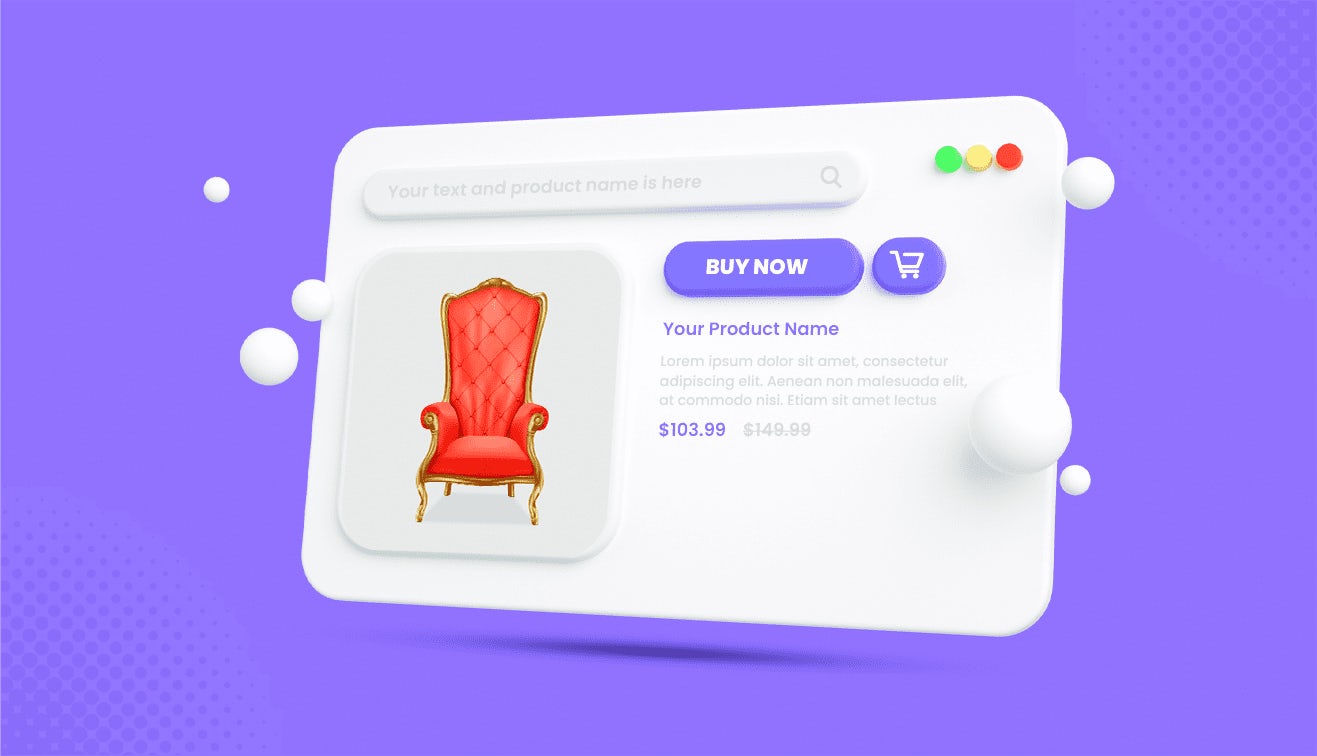
































































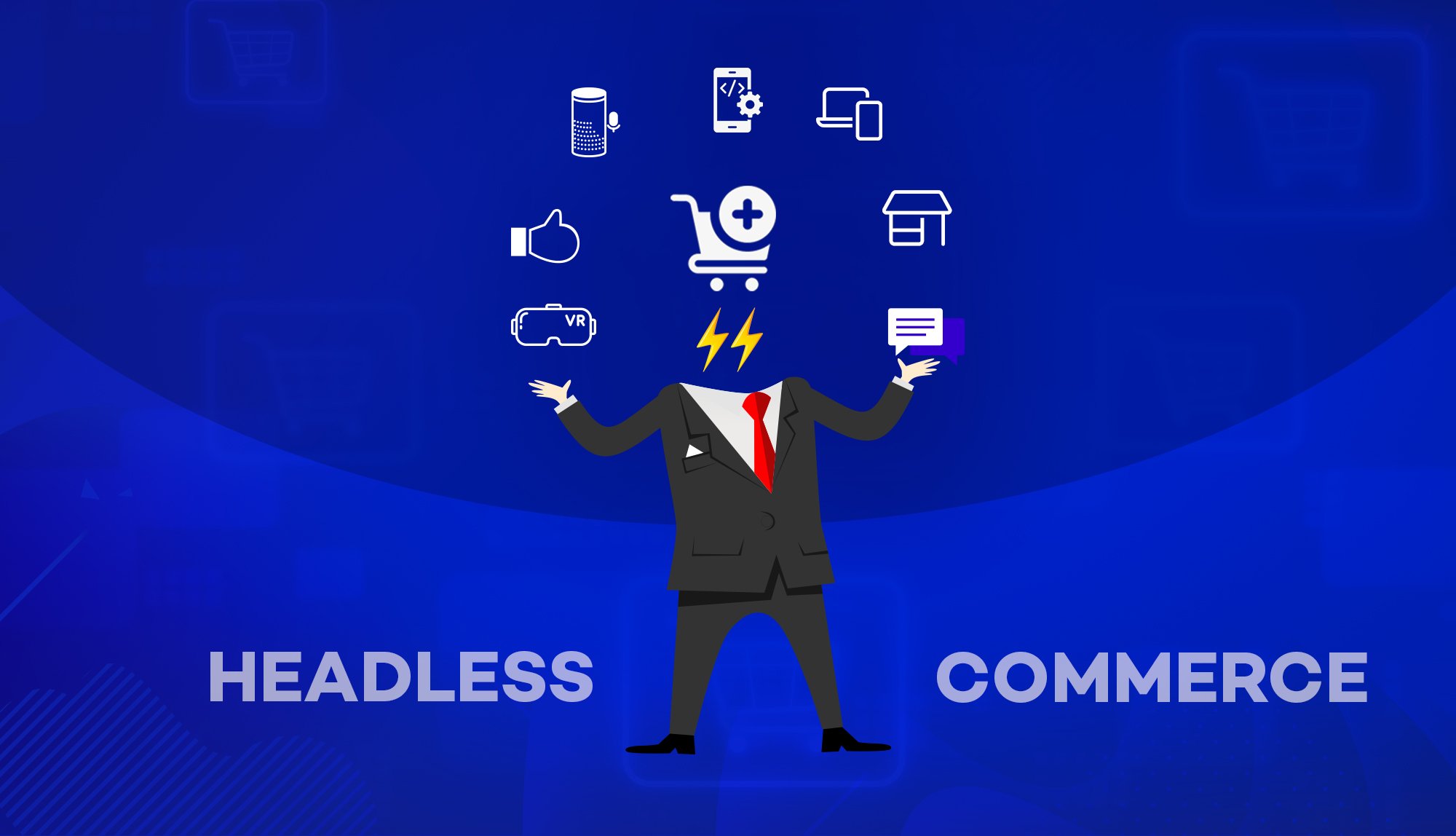
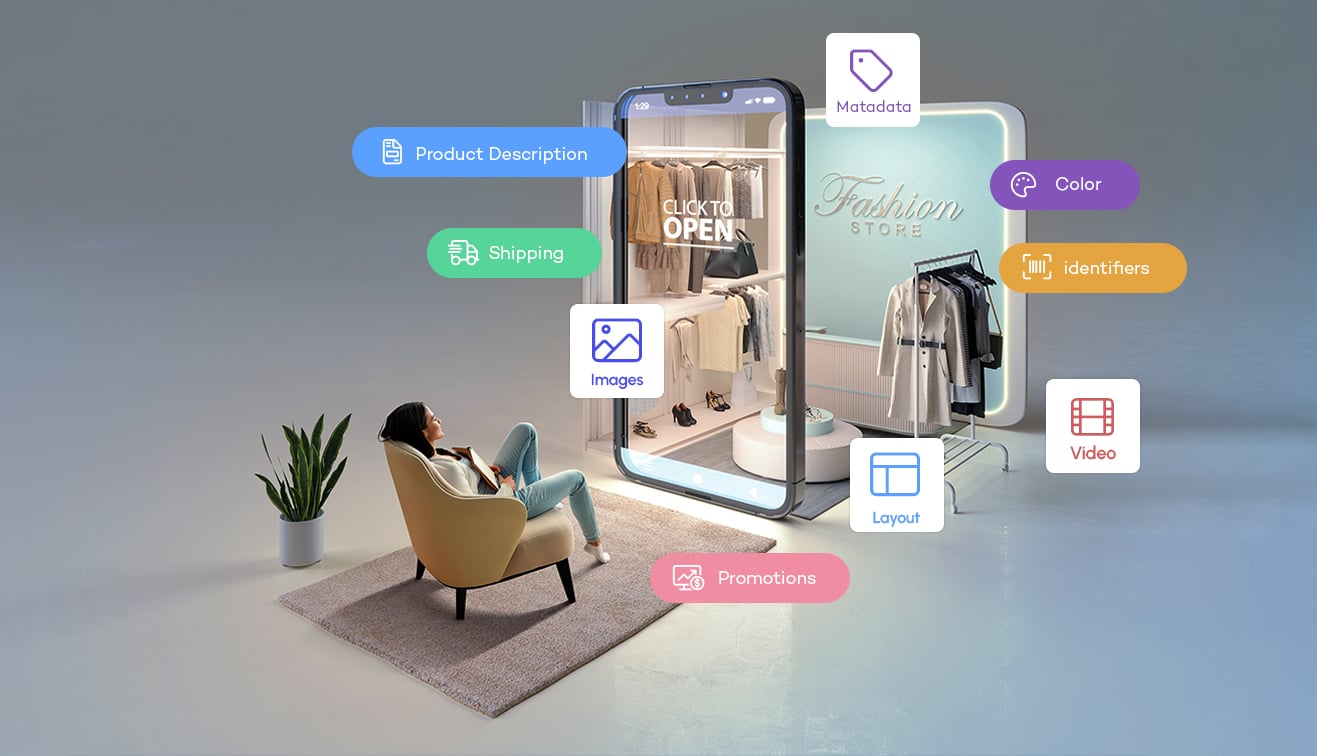


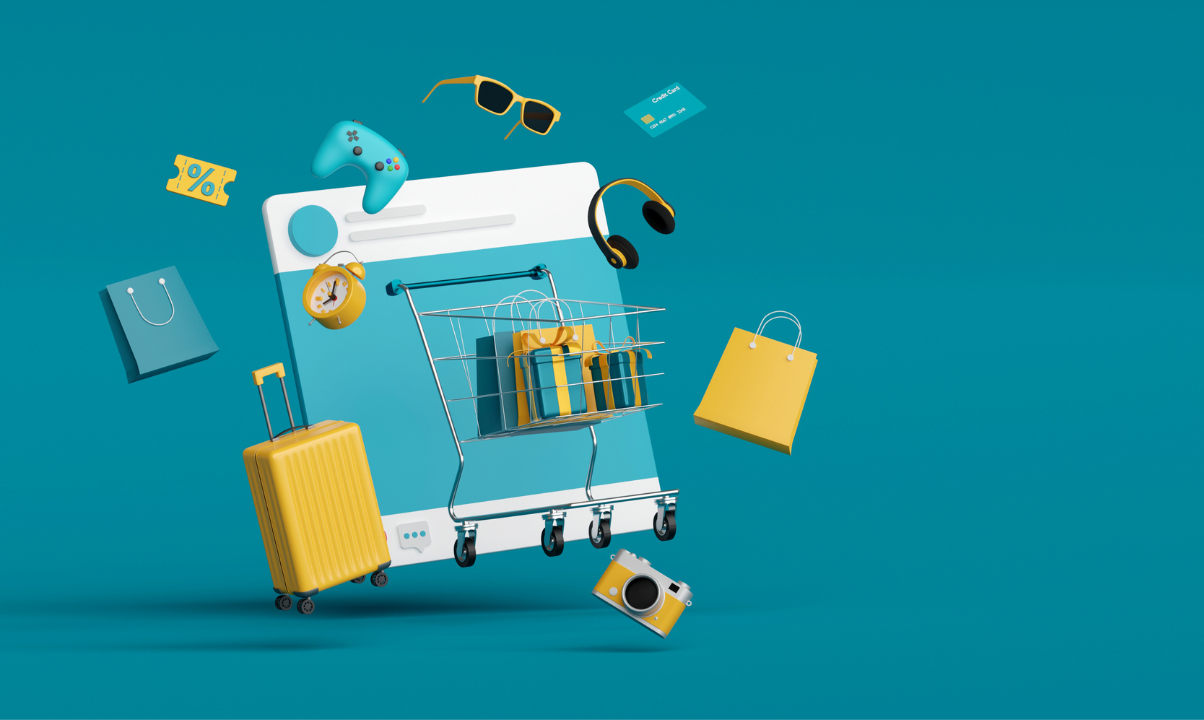
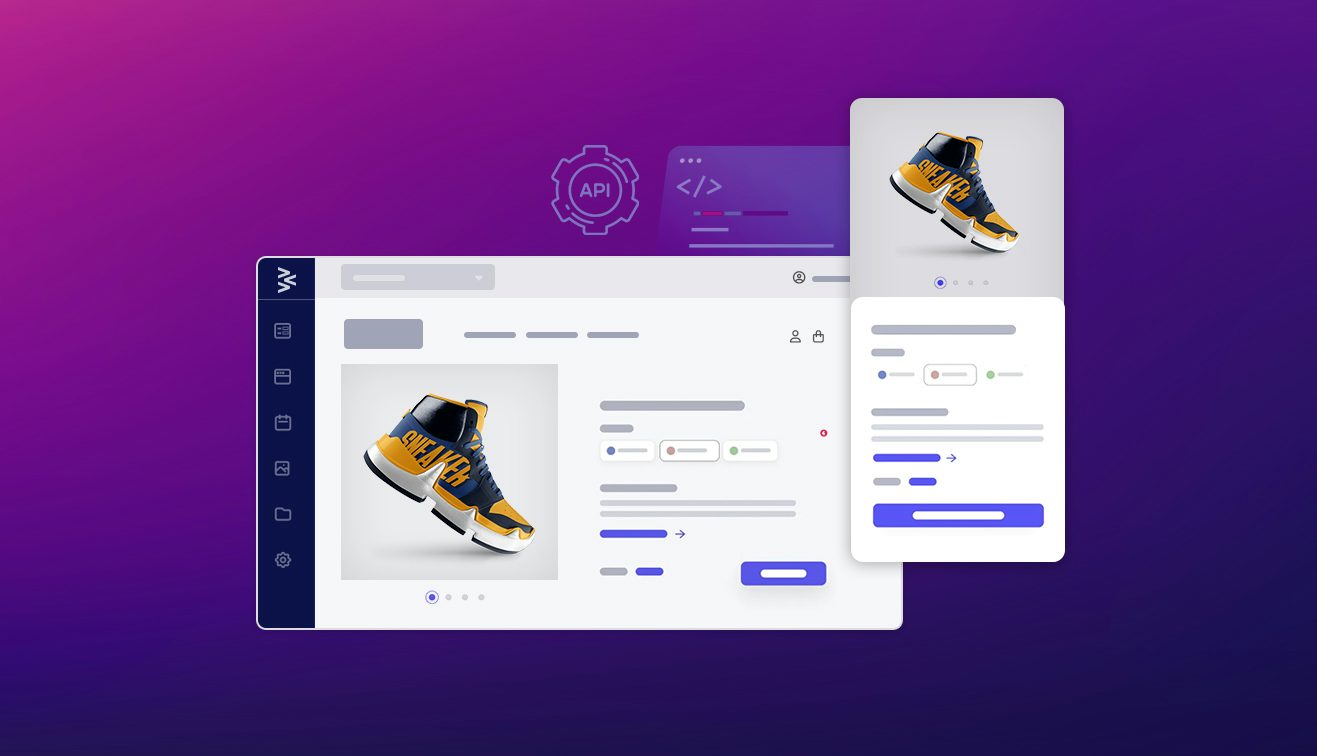

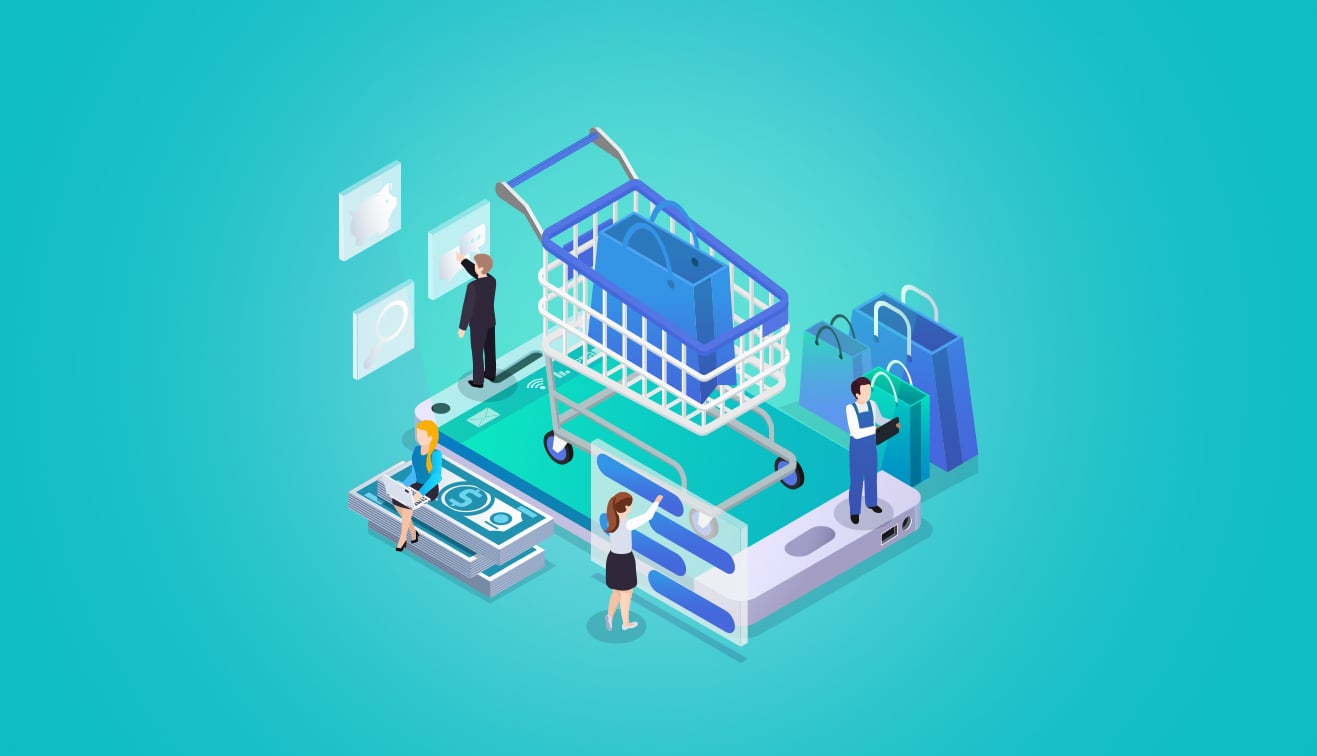
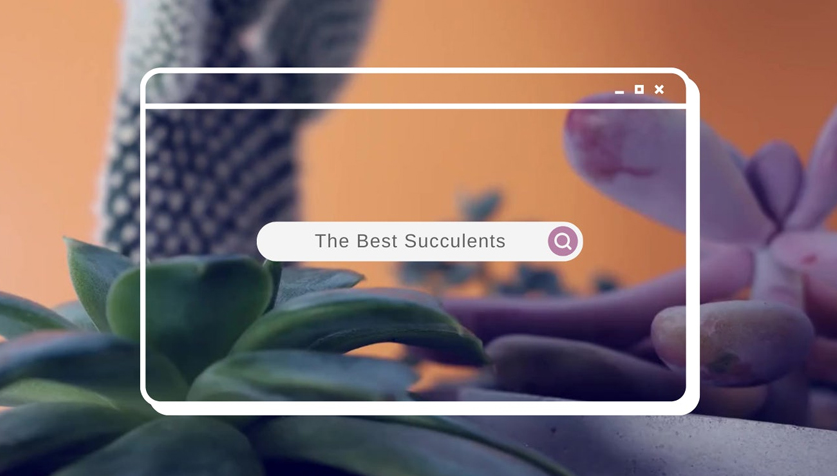
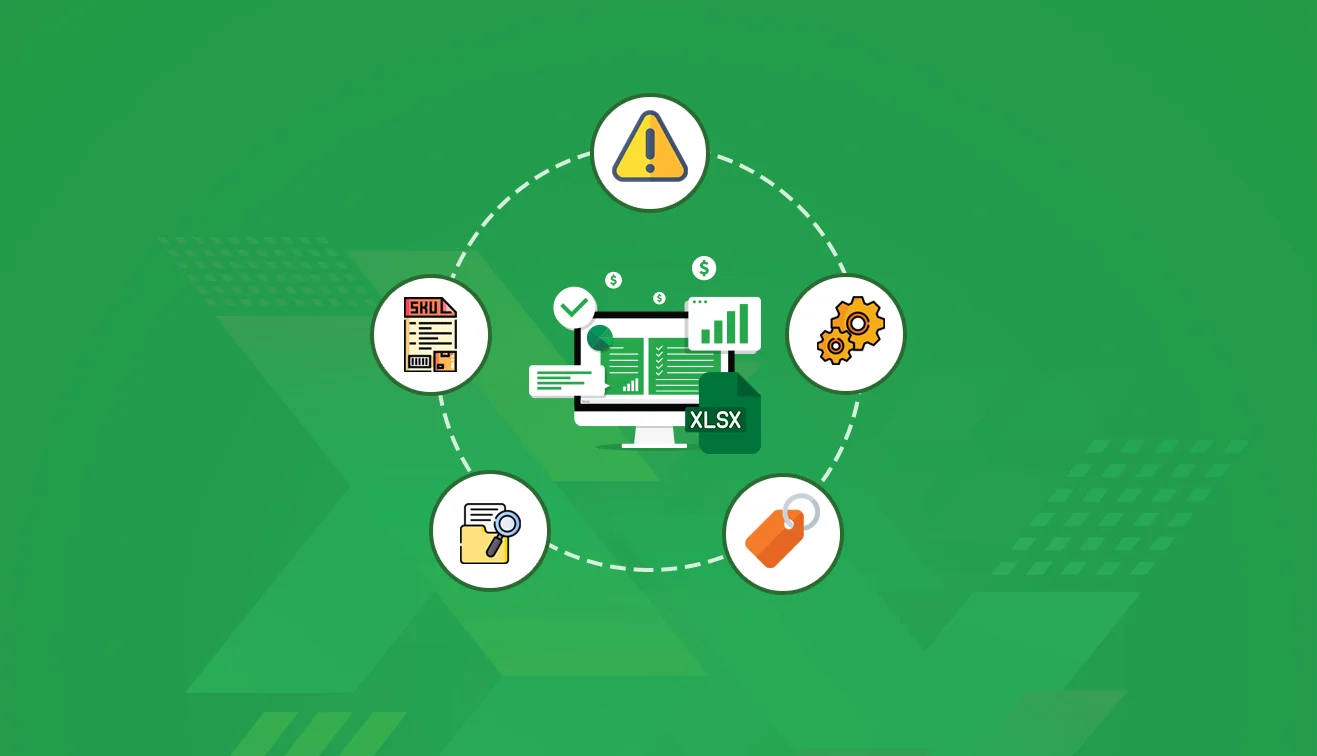
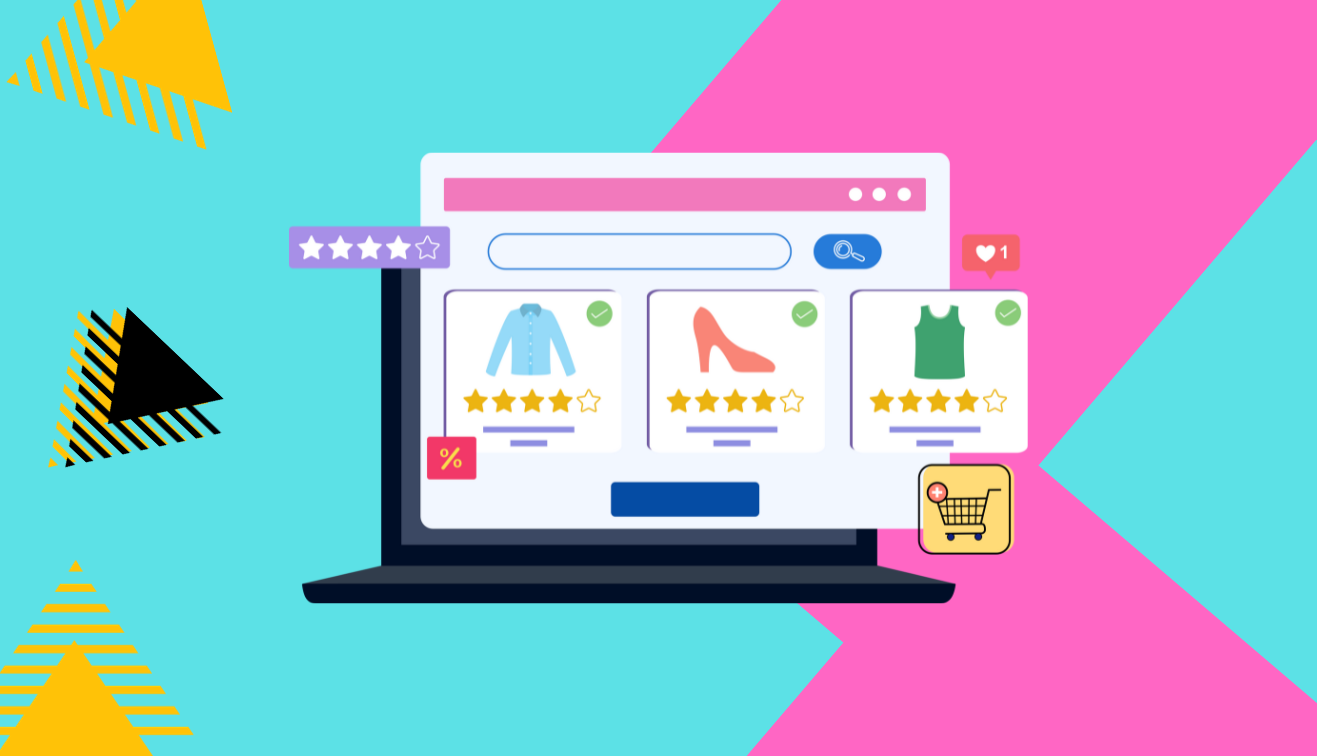
.jpg?w=3840&q=75)
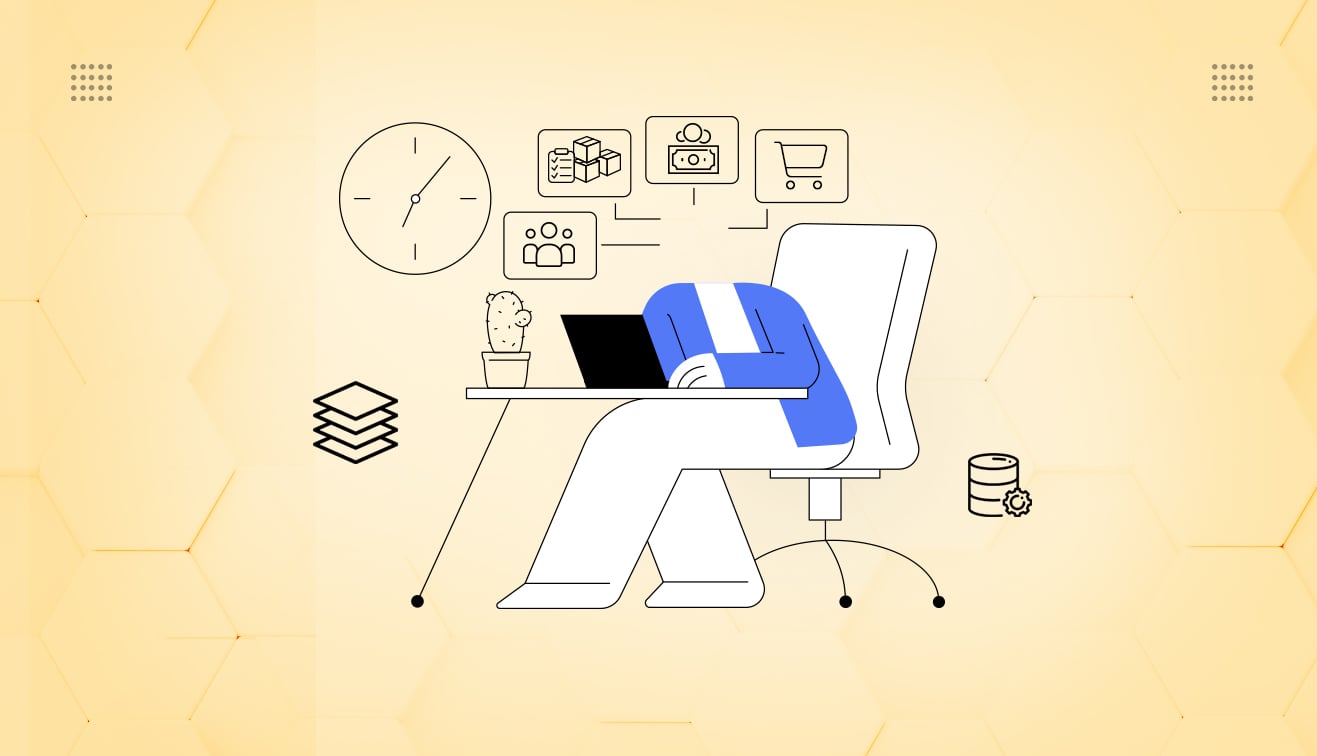

.png?w=3840&q=75)
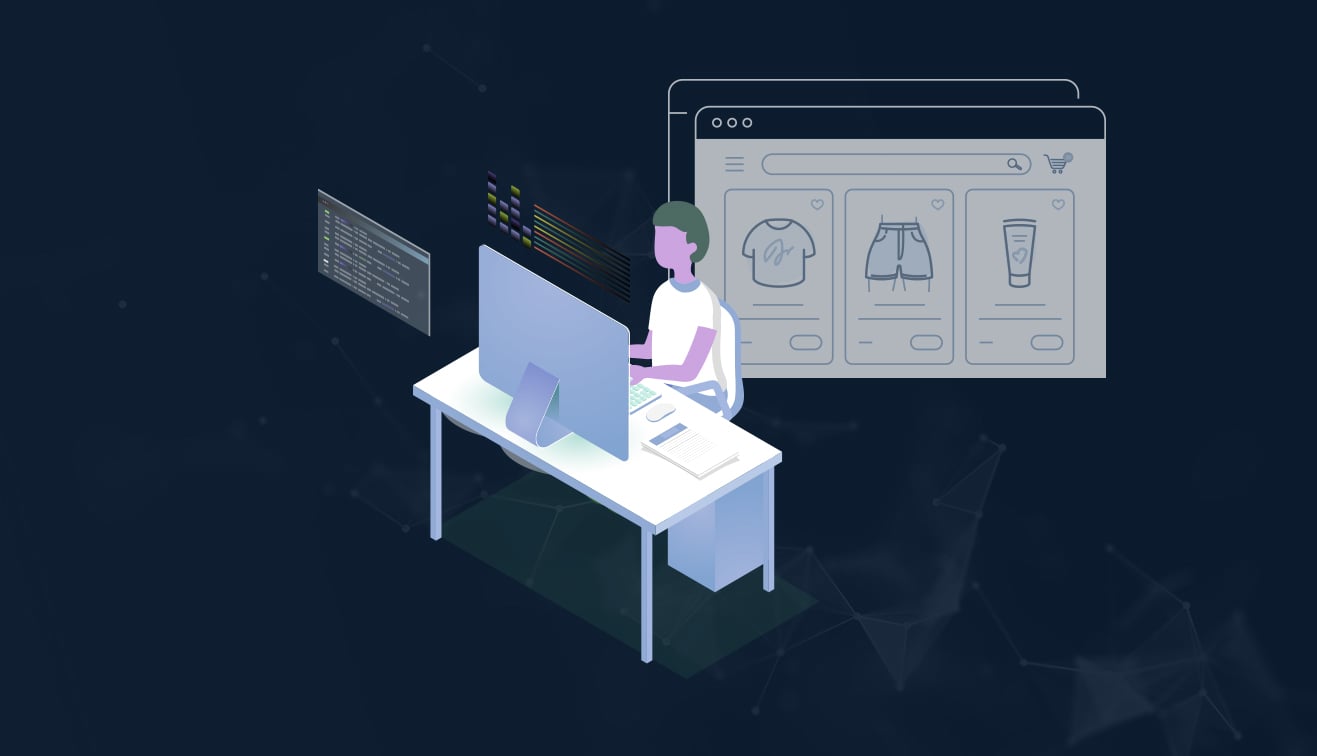
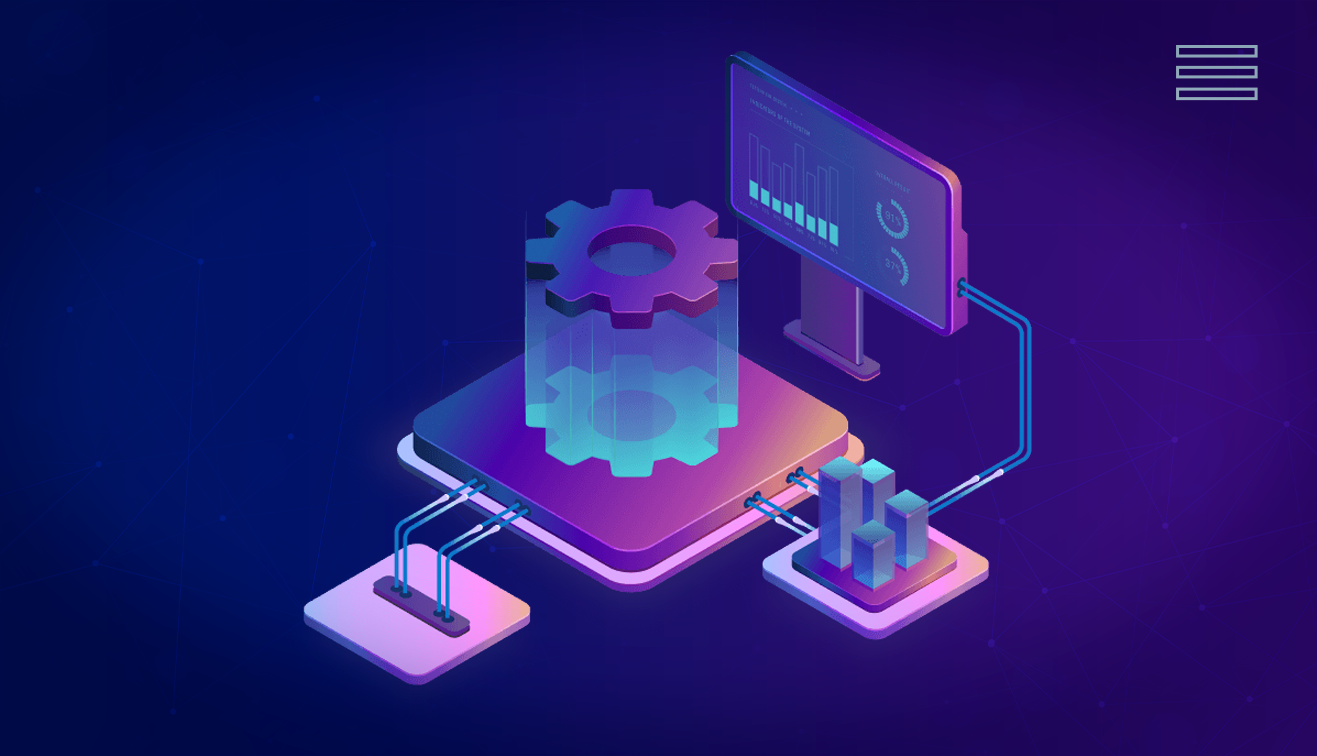
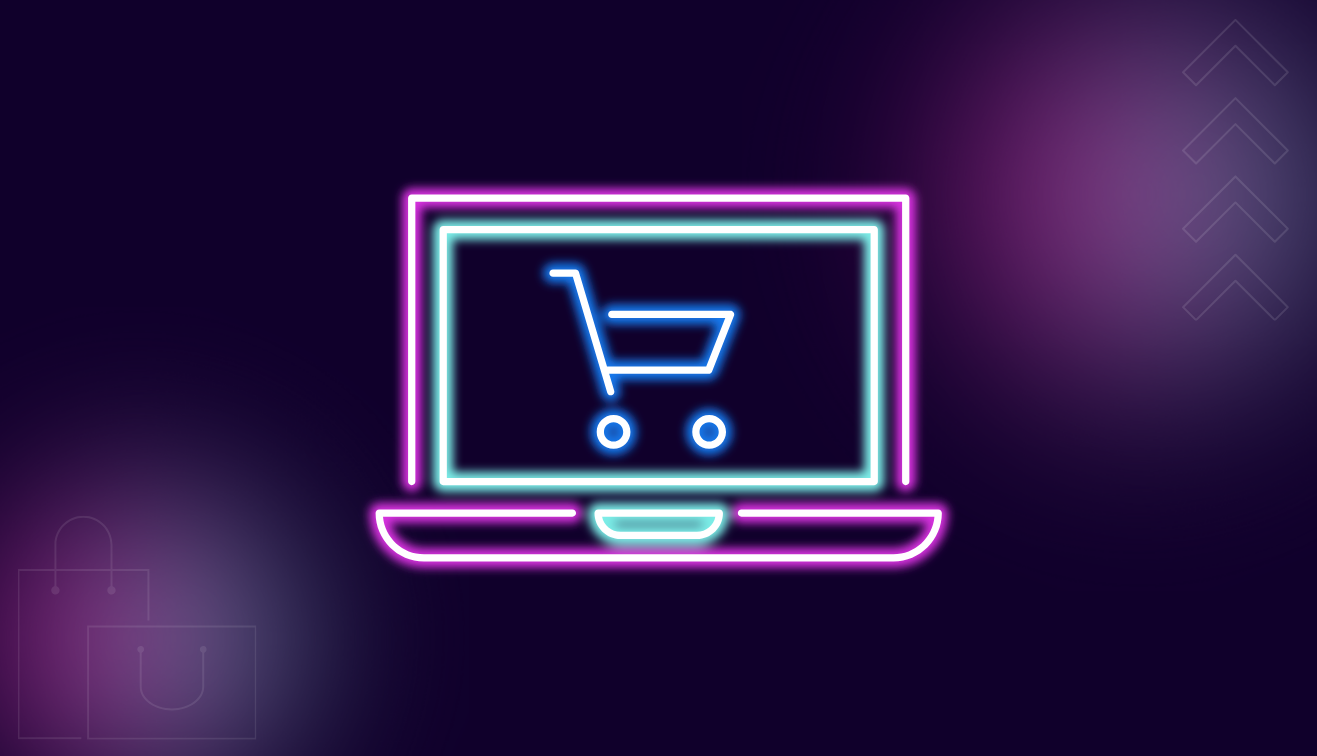
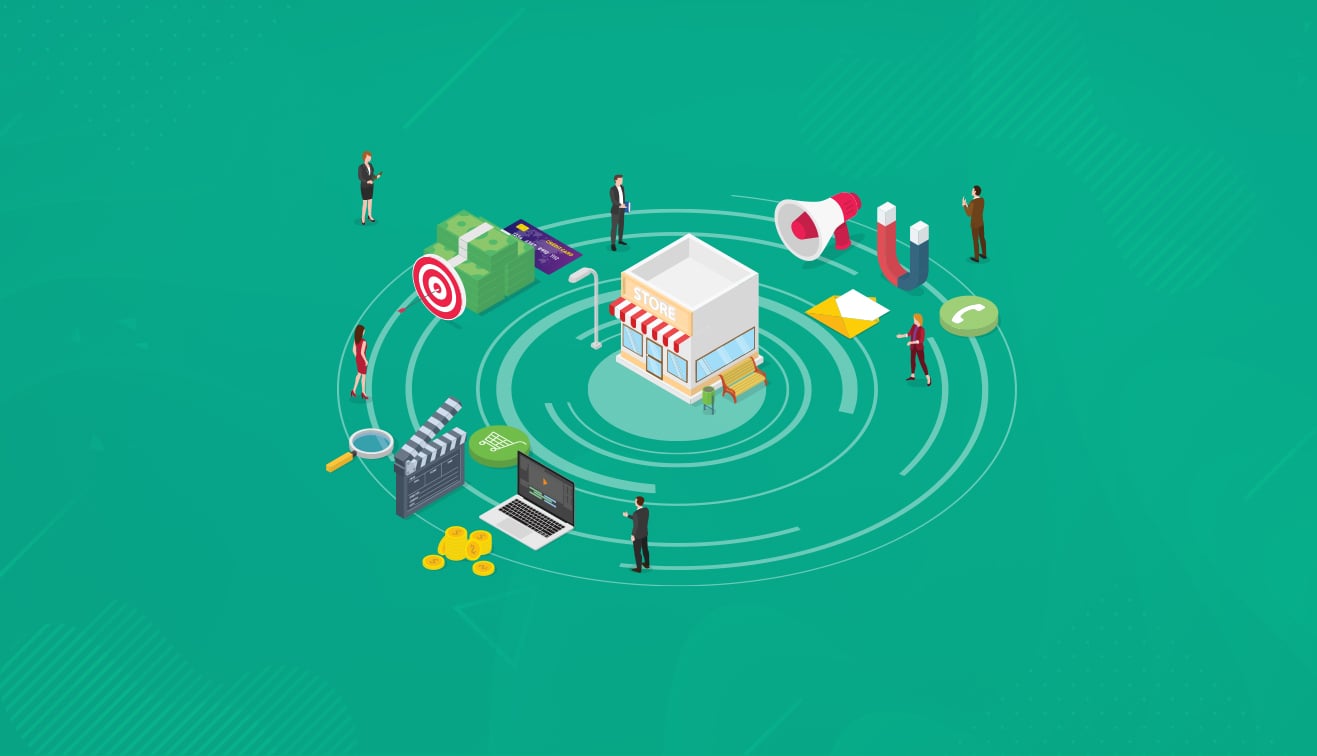
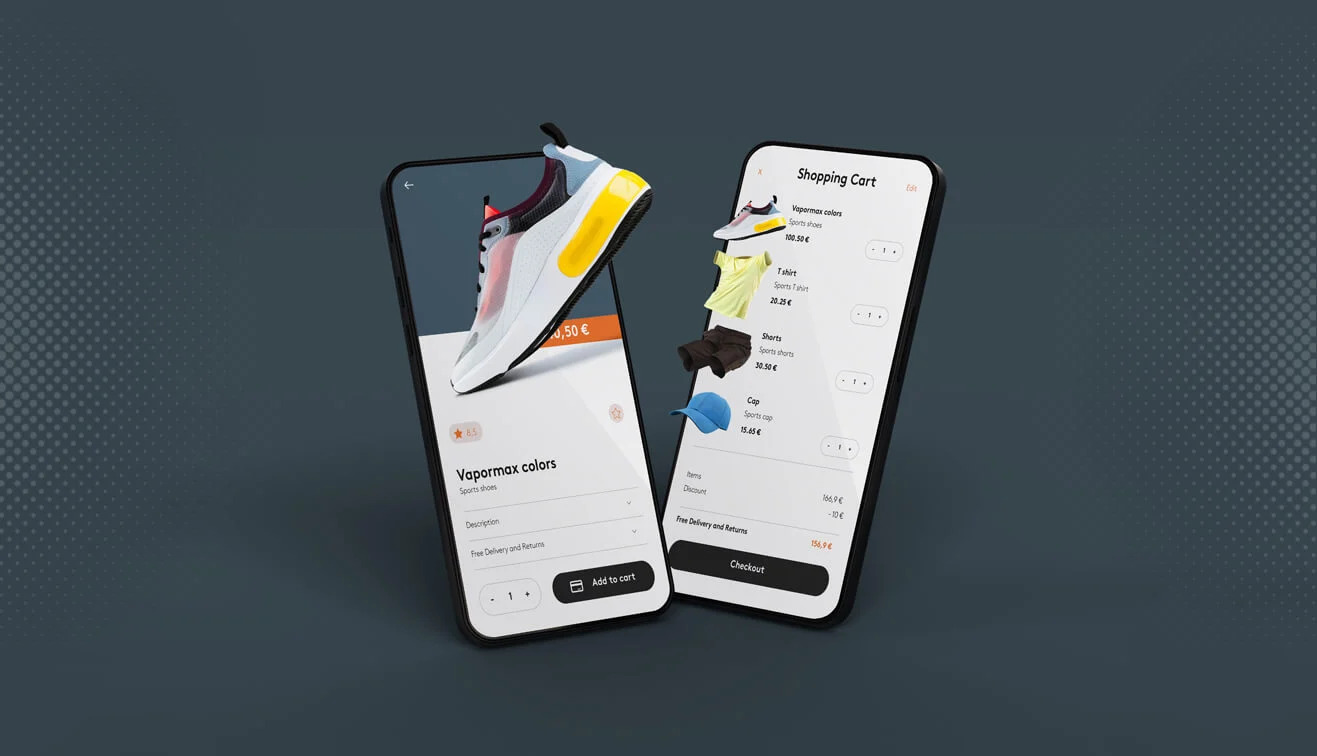
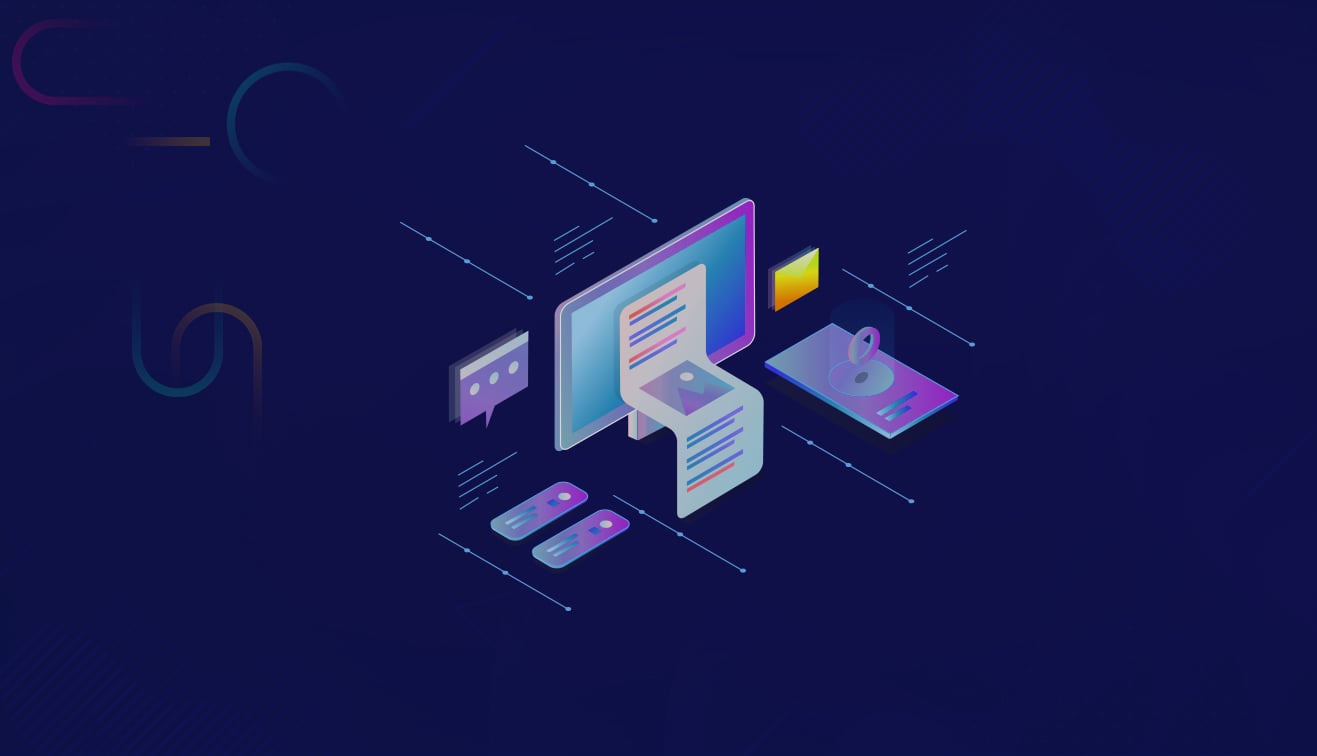
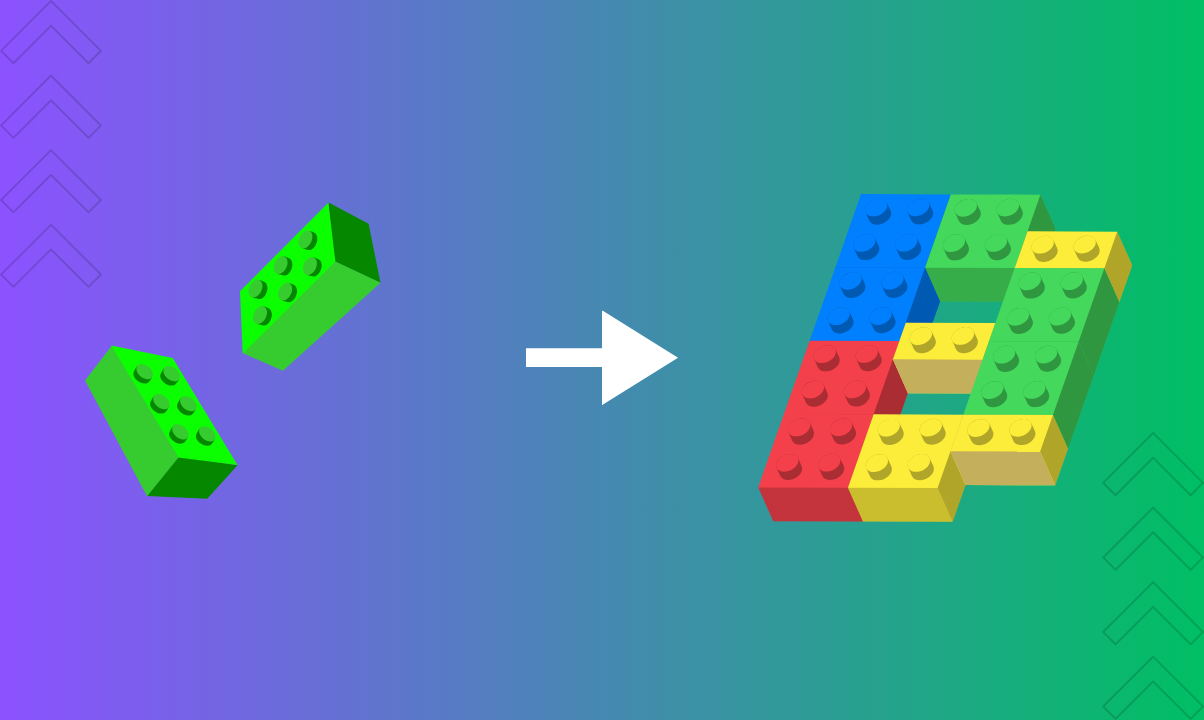

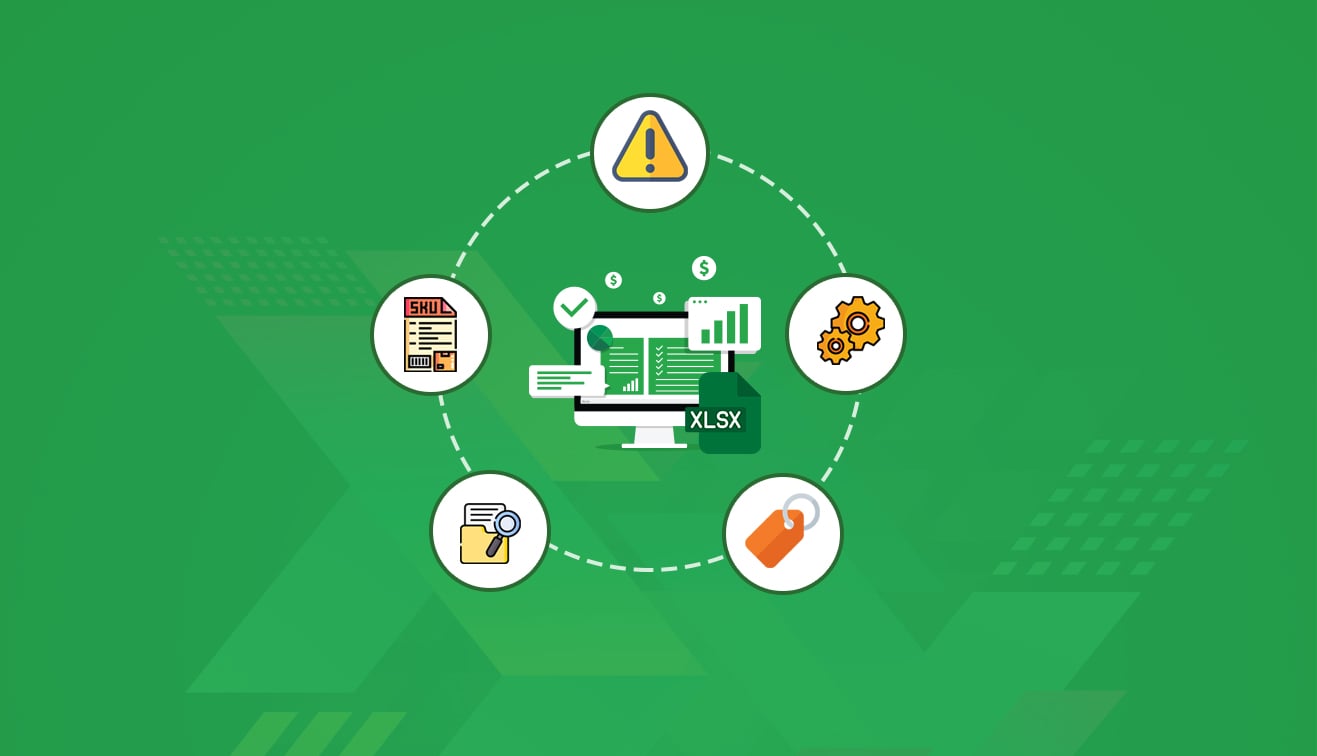
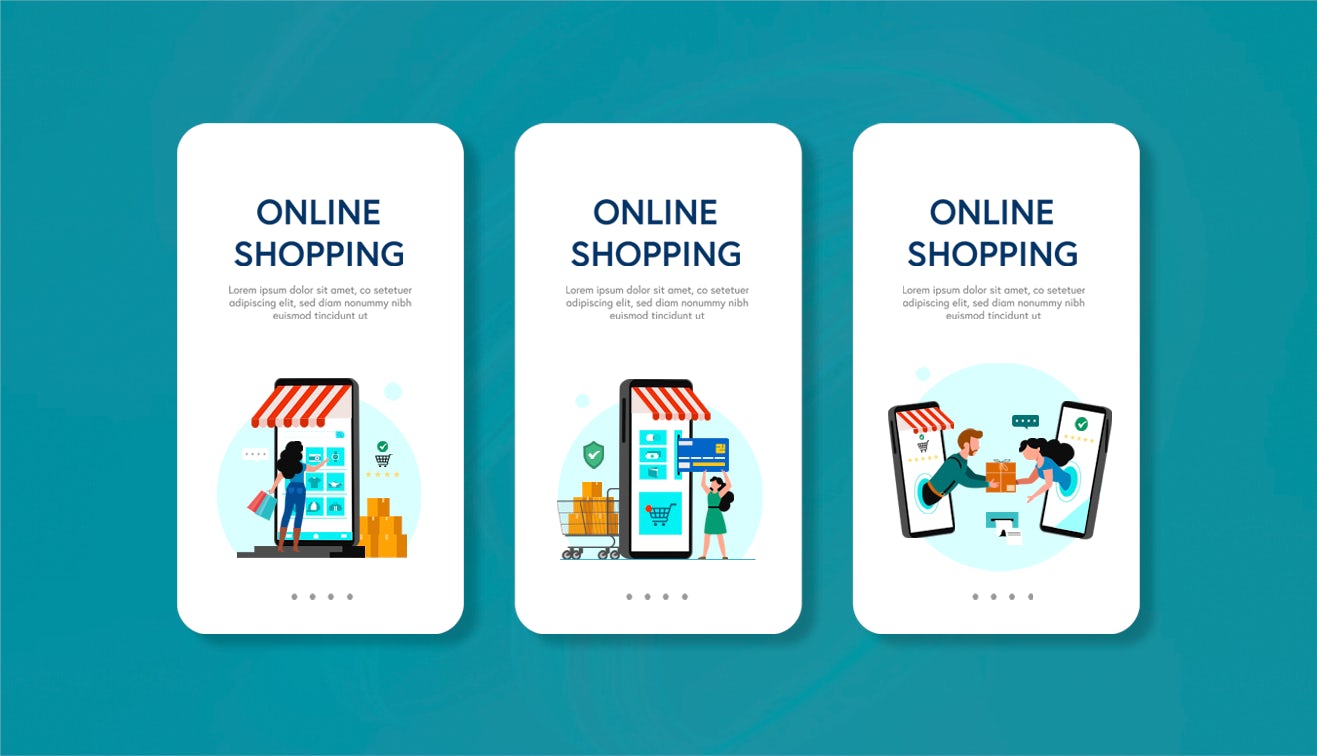
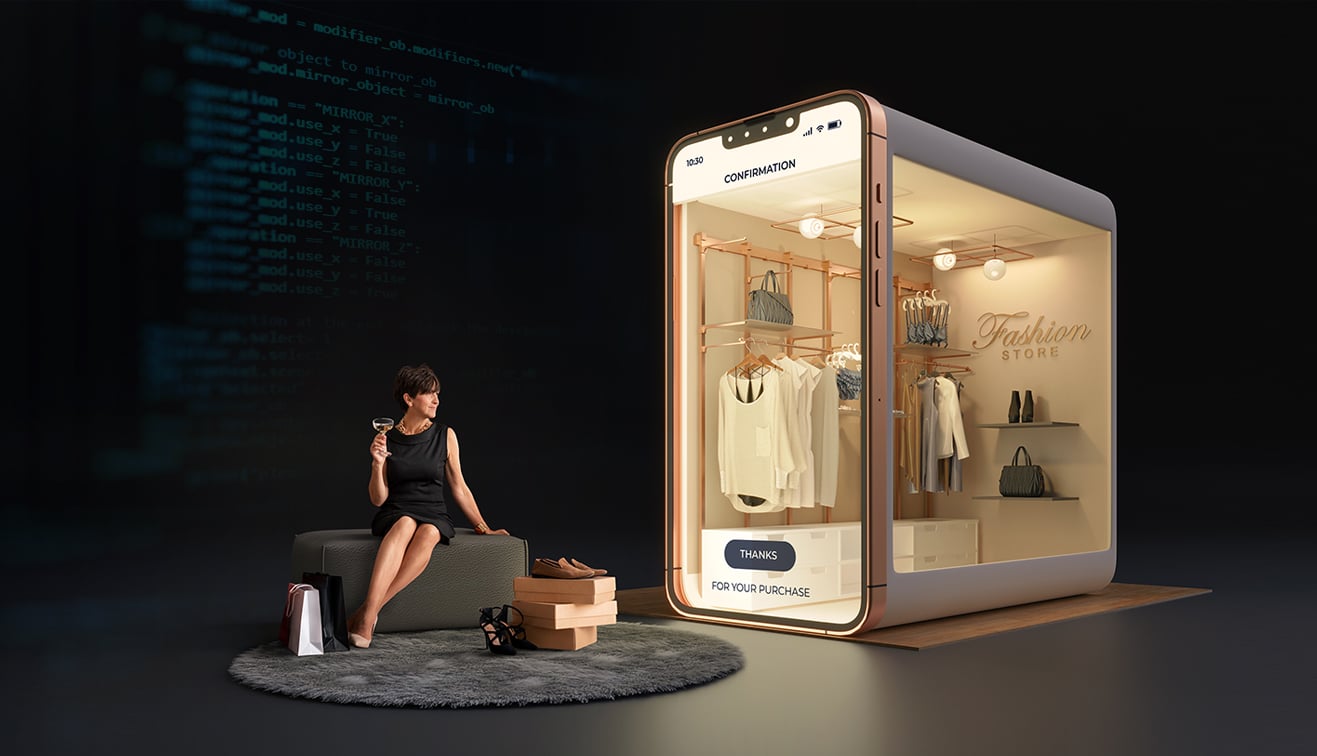
.jpg?w=3840&q=75)
